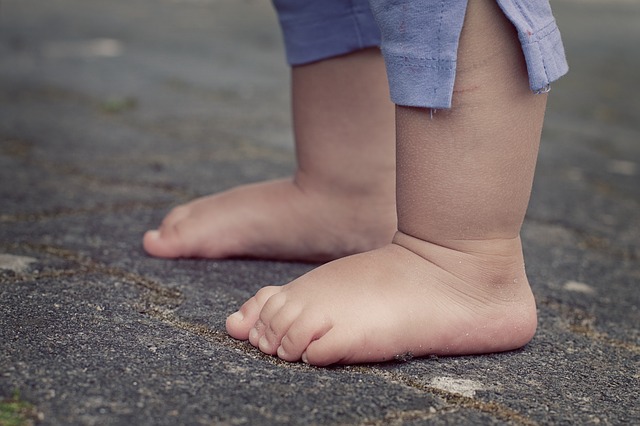
Skin is extremely good barrier to various bacterial infections. Although there are many bacteria living on the surface of the skin, they usually do not pose any threat. Bacterial infections can appear on certain places (similarly to acne) or they can spread affecting a larger area. These diseases can vary from smaller to potentially life threatening states such as syndrome of skin peeling caused by staphylococci.
Disclosure: This post is for information purposes only. Please consult with your child’s doctor before treating severe skin infections.
Bacterial infection of the skin and soft tissue are the most common cause for acute diseases and they are regarded as the main reason for infections. They can be of various severities and with different symptoms. This type of disease is constantly on the rise in the last few decades. Our tissue can be affected by numerous types of bacteria. The most common ones are staphylococci and streptococci. Sometimes, infection can develop within hospitals and different medical centers or even during swimming or by being in a public place.
Difference between strength of immune system and pathogenic strength of bacteria is the main reason why someone gets infected. There are various physiological and chemical alterations that can jeopardize the skin and lead to penetration, growth and multiplication of bacteria within the body. Some individuals are especially prone to this issue, for example people with diabetes, because they have weak flow of blood through skin or people who have AIDS because they have weakened immune system. This infection can be received or spread through skin damage caused by sunburn or by scratching the affected area. So basically, if individual has various micro cuts, there is increased chance that microorganisms will penetrate deeper layers of the tissue.
The best way to prevent infections is to keep your skin clean and undamaged. By washing skin with soap and water, it is possible to prevent various infections that would otherwise affect damaged and cut skin. Some liquids can increase supply of blood to infected area and assist in removing the infection that is limited to certain area of the body. If the infection spreads, we are forced to take antibiotics such as Zyvoxam to treat the issue.
Zyvoxam is your standard antibiotic. These drugs are an excellent way of destroying various bacterial infections within the skin. However, it can also be used for some other conditions and issues that may affect us. It comes in a form of injection, tablets and powder. Depending on particular infection, weight and age of the patient and type of Zyvoxam which is being used, different dosage can be recommended. According to You! Drugstore team, when patient is treating mild skin infections, recommended dose is 400 milligrams. Drug is administered every 12 hours and the entire treatment lasts 10 to 14 days. Even if you start feeling better, it is important to continue the therapy until the end.
People who have taken monoamine oxidase (otherwise known as MAO) inhibitors and patients who are allergic to Zyvoxam or any of its components shouldn’t use this medicine. This drug can cause various side effects. Most common issues are fainting, pale skin, rash, unusual bleeding, fatigue, confusion, dizziness, fast heartbeat. Less common problems are bleeding gums, chest pain, congestion, headache, dry mouth, muscle pain, nausea, not breathing and many other side effects.
Photo Credit: Pixabay
Have you or your child ever had a severe skin infection? If so, did your doctor have to lance it or treat it with antibiotics?
If you find this article helpful and useful, please share it with your family and friends. Sharing helps Uplifting Families grow. Thank you for visiting.